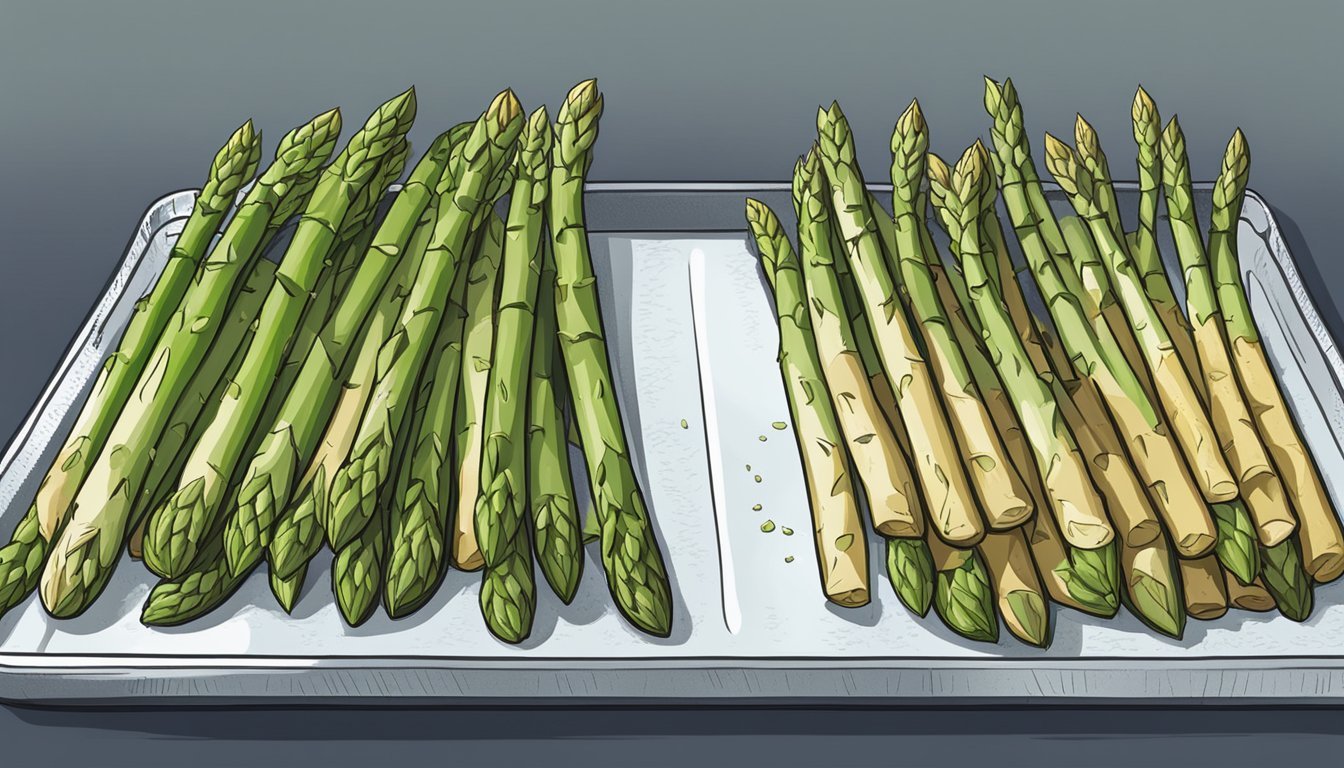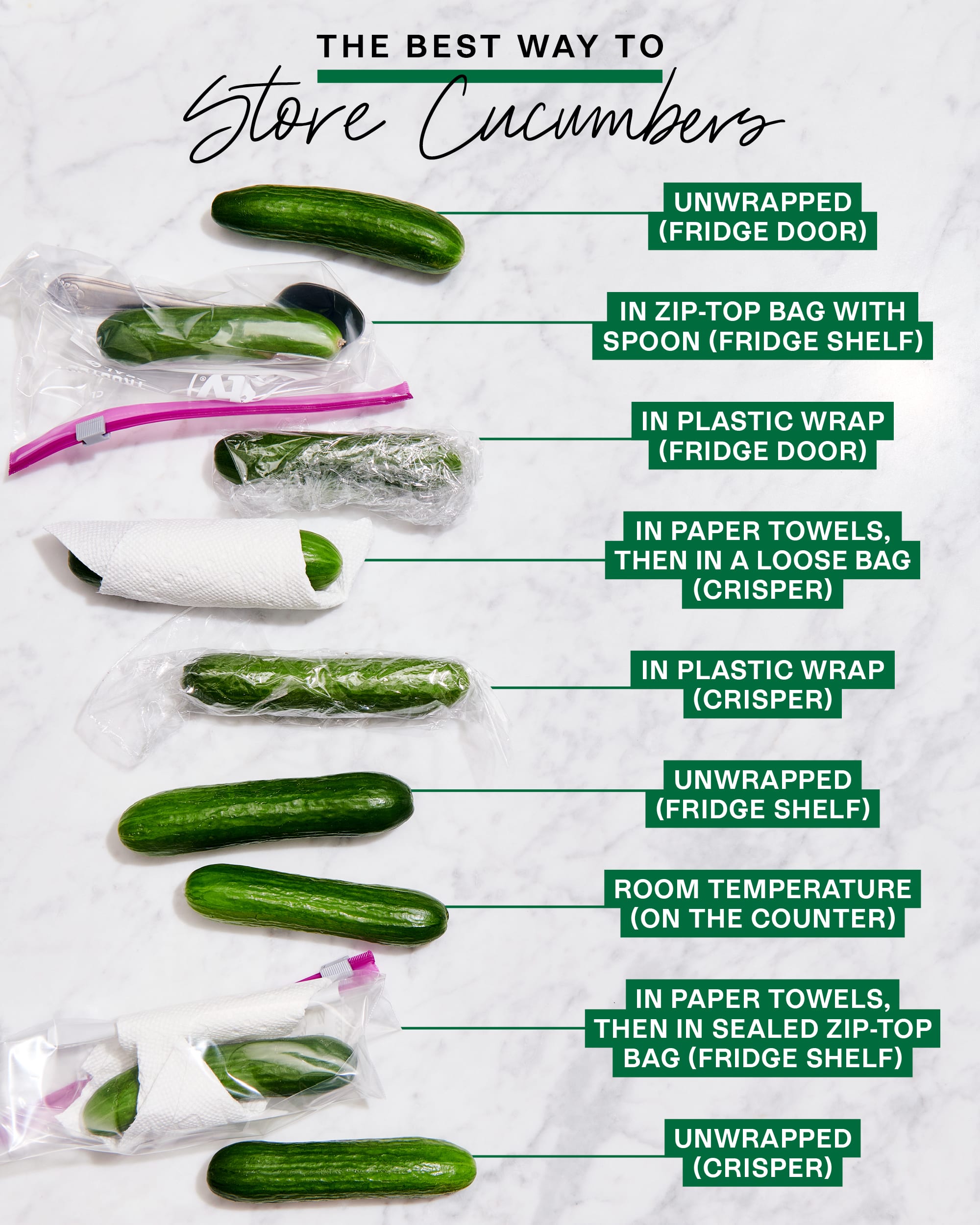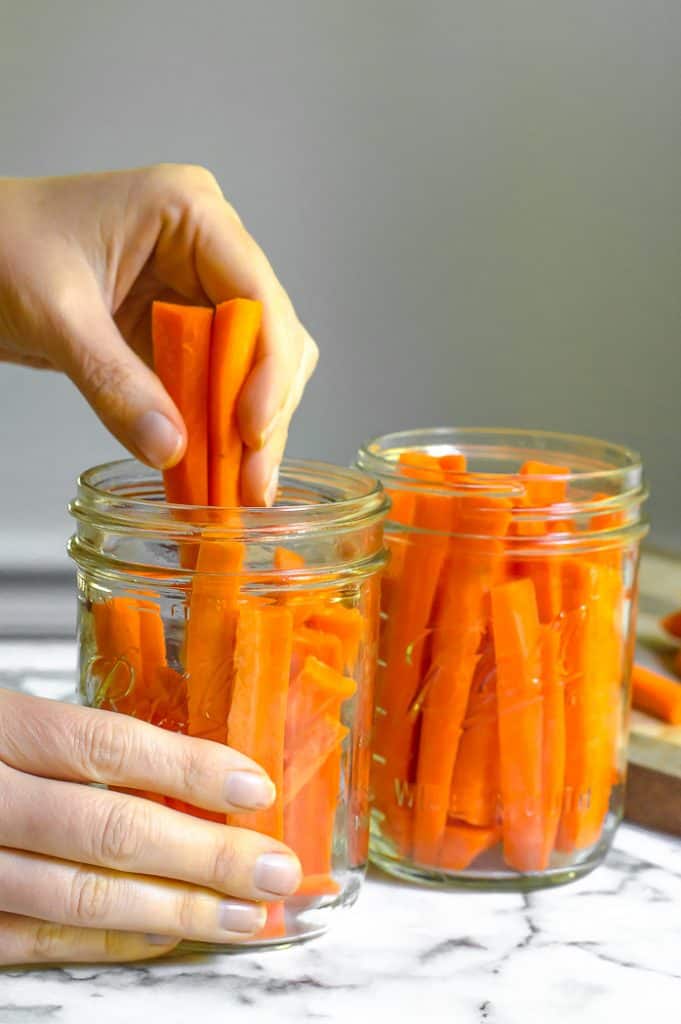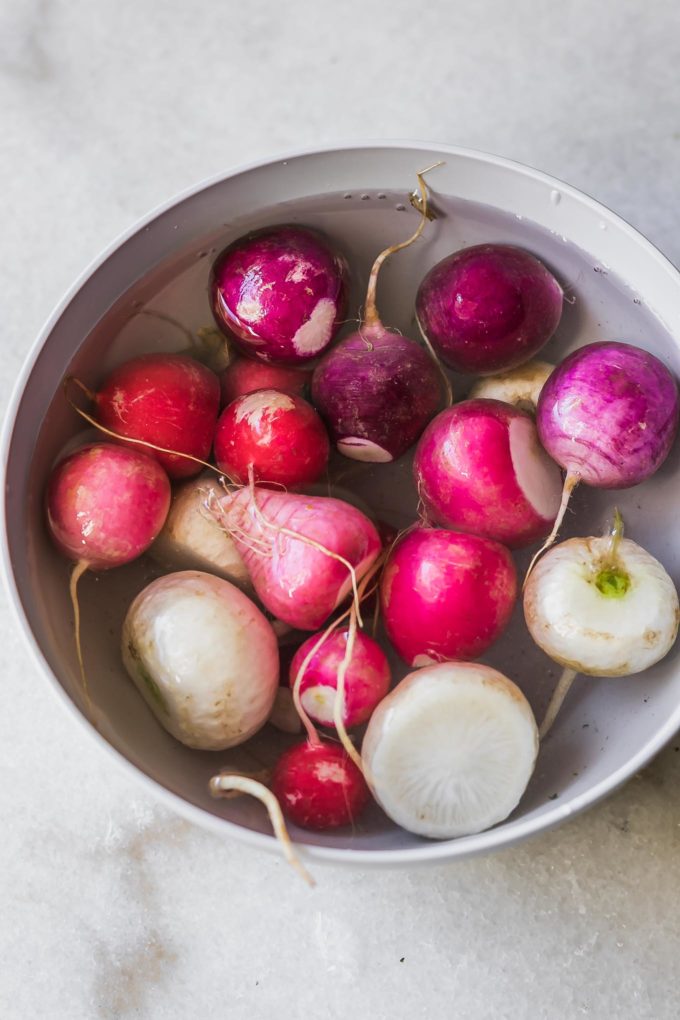– The article discusses different methods for storing radishes to keep them fresh.
– Radishes are a root vegetable with a bitter, peppery taste.
– Red radishes, horseradishes, and watermelon radishes are among the varieties grown.
– The best way to store radishes for a short period of time is to cover them in water and store them in the refrigerator or on the countertop for up to one week.
– If you want to store radishes for longer periods of time, you can blanch them and then freeze them, and they will keep for up to six months.
– The article also mentions two specific methods for storing radishes in the refrigerator: the reusable storage bag and damp towel method, and the water method.
– The reusable storage bag method involves placing the radishes in an airtight bag lined with a damp kitchen towel.
– The water method involves placing the radish roots in a bowl of water in the fridge.
– Radishes can be stored on the counter using the water bowl method and will stay good for up to a week.
– Radishes can be stored in a basement or cellar for up to 3 months.
– They should be buried separately in damp dirt or sand and then transferred to the refrigerator or freezer as needed.
– When storing radishes in the freezer, it is best to cut or slice them first.
– Blanch the slices by submerging them in boiling water and then transferring them to a bowl of ice water for two minutes.
– Pat them dry before placing them in freezer bags or airtight containers.
– They can be stored in the freezer for up to 6 months.
– Radishes can also be pickled or canned for long-term storage.
– Radishes can last for months if stored in the freezer, basement, or pickled/canned.
– Proper storage is important to retain flavor.
– Radish leaves are edible and can be used in recipes to reduce food waste.
– Ideas for cooking radishes include using them as a taco or nacho topping, adding them to a salad or bowl, enjoying them as a snack, or roasting them as a side dish.
– Radishes can quickly turn mushy if not stored properly.
– Radishes last 2-4 days at room temperature.
– Radishes last 1-2 weeks in the fridge.
– Radishes can be frozen for up to 6 months.
– To store whole radishes at room temperature, place them in a bowl of water, partially submerged, and change the water daily until the leaves droop.
– To store whole radishes in the fridge, trim the roots and leaves, lightly dampen paper towels in a storage bag, place radishes between the paper towels, squeeze out excess air, and seal the bag. They will last up to 14 days.
– Cut radishes should be stored within 2 hours and will last 2-3 days in the fridge.
– To freeze radishes, trim roots and leaves, wash, do not peel, and cut, cube, or slice. Blanch by boiling for 2 minutes.
– The article provides instructions on how to store radishes. It suggests blanching the radishes for three minutes and then immediately transferring them to a bowl of ice water to stop cooking.
– They should be dried thoroughly and arranged in a single layer on a baking sheet.
– The radishes should be covered with storage wrap and frozen for at least four hours.
– Afterwards, they can be transferred to a freezer bag labeled with the date and frozen for between four and six months.
– Thawing the radishes can be done by transferring them from the freezer to the fridge for a few hours or by holding them under running water.
– Alternatively, radishes can be preserved by pickling them.
Continue Reading



